A noble grain
The only way to get a risotto that is both al dente and creamy is to use Carnaroli rice, from the plains of the River Po. The key to the preparation is simple – you have to stir, and stir, and stir…
When I stood for the first time in the middle of the light green rice fields on the plains of the Po. I couldn’t help but recall the film “Bitter Rice”, which had been filmed at this location a good five decades ago.
Silvana Mangano played the lead as a poor farm hand, smiling a beatific smile, despite her arduous toil. Marina Vercellone, with whom I was journeying to this part of the world, added: “I like that film. It shows very realistically how hard it was to making a living from rice here. Just think of the swarms of midges that bite you. And you constantly have to bend over, so much so that you can barely walk upright by the end of the day”.
Marina Vercellone knows what she’s talking about. Her family has been cultivating rice for several generations on the Tenuta Castello estate, situated on the Desana plain. And not just any old rice, but a kind of rice that makes connoisseurs’ hearts beat that little bit faster. The Vercellones have made it their task to mainly cultivate and look after the old and less profitable, although superlatively flavoursome, types of rice –such as Carnaroli, which is the finest and most noble type of rice used in risotto recipes.
Many rice-growers don’s like Carnaroli, because it ripens slowly and infrequently – and cannot stand artificial fertilizer. Hence it takes a lot of sweat and hard work to cultivate. In the spring, manure is forked into the soil. In April, the seeds are sown and May, the weeding begins –and of course, it’s all done by hand.” This profession died out because rice-growers all kill weeds with pesticides. It’s a lot cheaper. We first of all had to find workers who would be willing to put themselves through all the bother”, explains Marina. After the rice is harvested, the grains are dried carefully and stored in silos at ten degrees centigrade, without any chemical agents against pests, mould or humidity. The compensation for this time-consuming process is scented rice with a fine, nutty aroma that retains its bite when cooked and is beautifully creamy.
Rice is known the world over-mostly as “daily bread” to ward off hunger. The fact that rice is also something that can be enjoyed is thanks to the Italians and their recipe for rice, risotto. Risotto has nothing in common with rice as a side dish, since first of all it is an exceptional, stand-alone dish and secondly it requires your full attention during cooking. In other words, all the ingredients must have been fully prepared and be available before cooking can commence. What’s more, you must enjoy standing calmly at the stove for around thirty minutes, stirring the rice. Because only then does the risotto become truly creamy, since it is by stirring constantly that some of the rive flour is released from the grain.
No trip the plains of the Po and its rice fields would be complete without having tried a true Piedmont risotto. I was delighted to take-up Marina’s invitation to join her in cooking a cep risotto. In the kitchen, the chicken stock was boiling away on the stove and a large onion was braising golden yellow in plenty of butter. The Parmesan cheese stood ready-grated on the kitchen table. Marina poured the Carnoli rice over the onions, and then she did something that took me by surprise. She left the rice to cook until the onions were brown. She saw me looking uneasy, and simply said: “Don’t worry, I’ve got everything under control. It’s very important that the rice sweats out the butter that it has absorbed. Only then can it take up the liquid”. As the spoke, she poured a final slug of wine over the rice and a few minutes later some of the stock. She added the dried ceps and the water in which they had been soaking, and only once the rice had absorbed this liquid did she add some more stock.
Stir, simmer and then stir again. This process was repeated until Marina pronounced the rice to be “all’onda”. Now, everything had to happen with lighting speed. With a sweep, she lifted the pan from the stove, mixed in a mountain of Parmigiano Reggiano, placed it on the table and immediately served up the portions into the plates with a big spoon. What can I say? I’d never managed to make such a tasty, creamy and yet al dente risotto in my life. “That’s exactly what all’onda mean”, explained Marina. “Once the risotto gives off a soft wave (“onda”), as soon as you shake the plate, it’s perfect”.
Christiane Strub



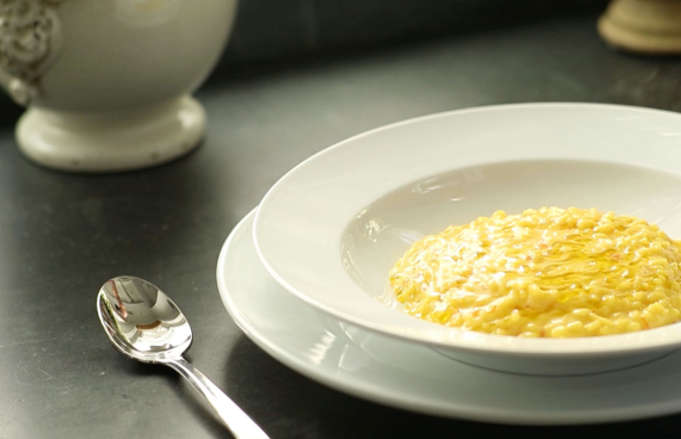
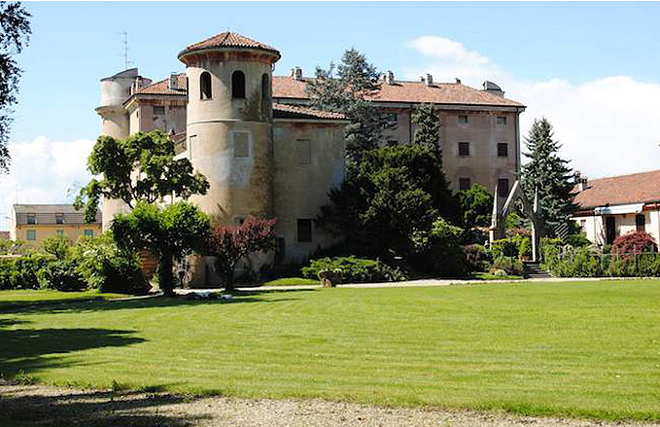
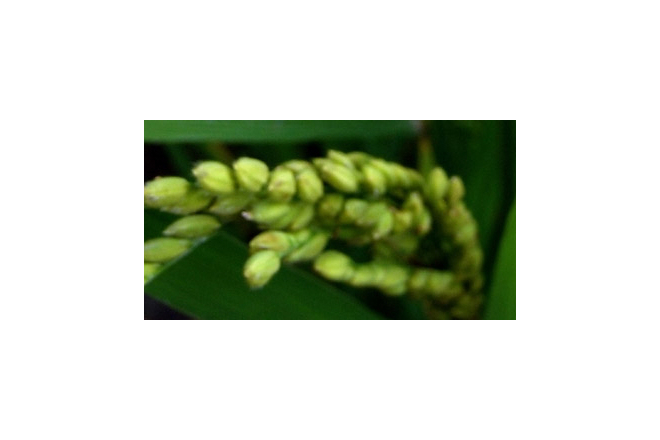
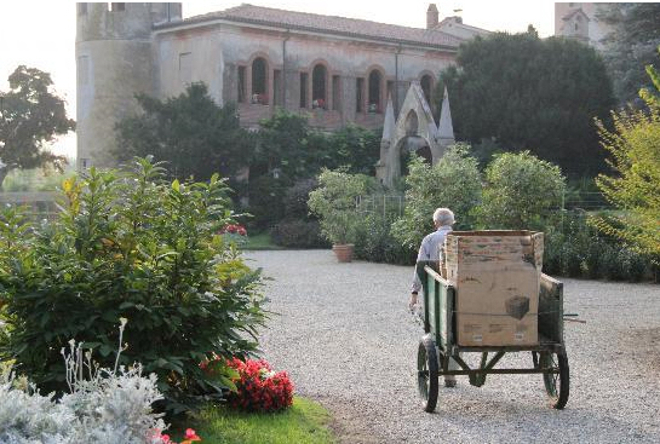
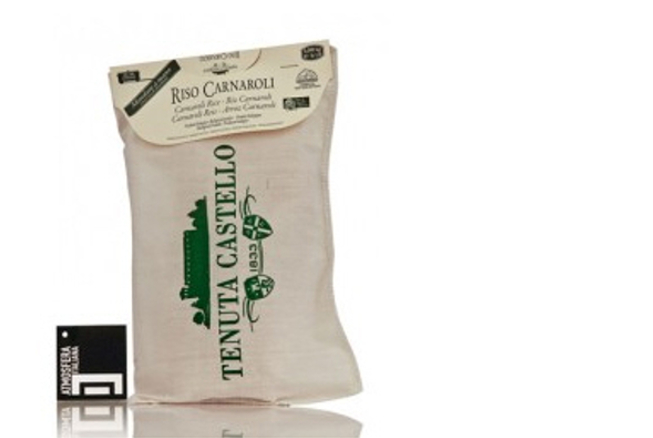





This entry has 0 Comments